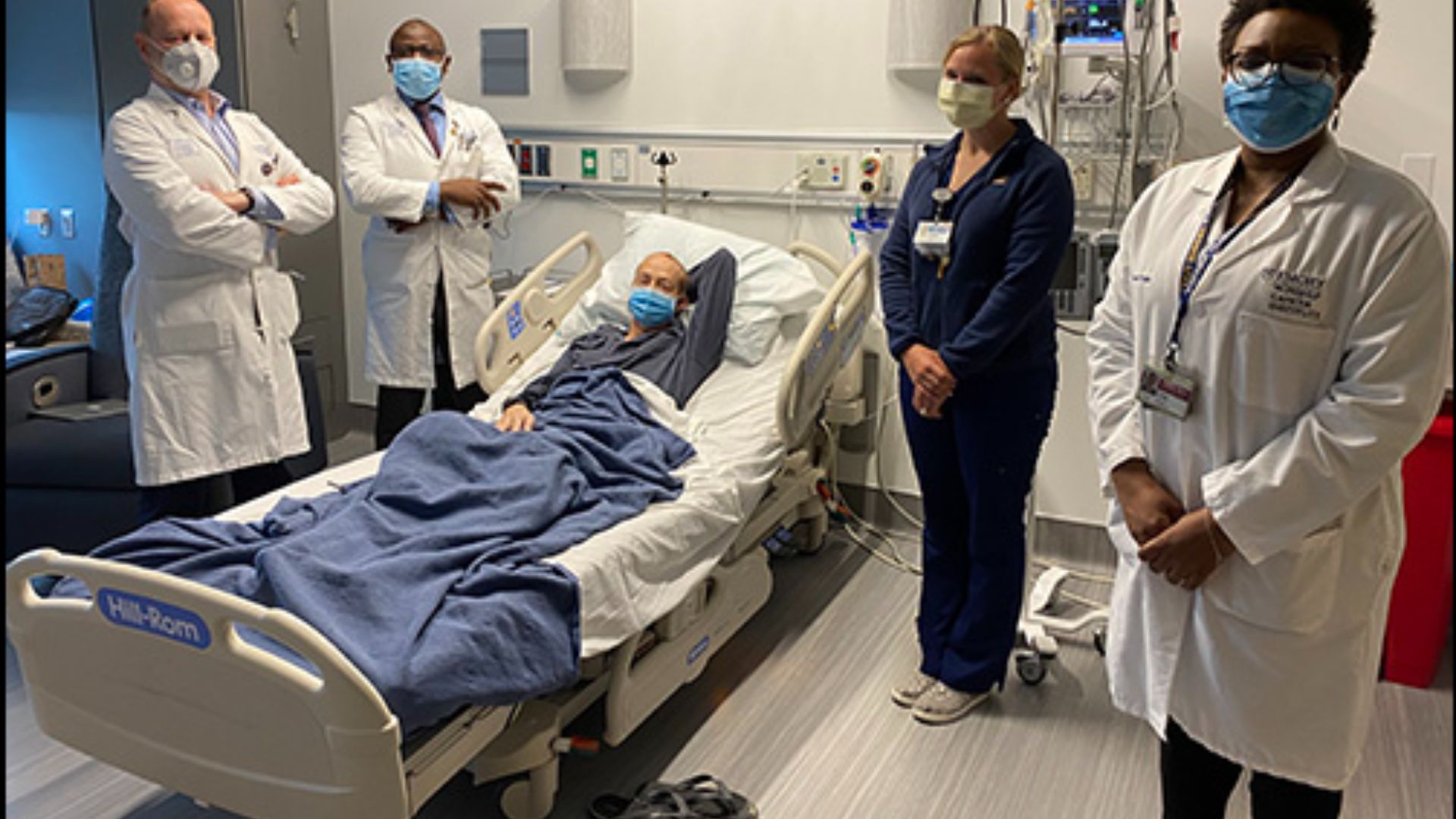Cancer, a complex disease driven by genetic mutations, has long challenged researchers and healthcare professionals. But a revolutionary technology called gene editing is emerging as a potential game-changer in the fight against this formidable foe. This blog post explores the exciting possibilities of gene editing for cancer. We’ll delve into the science behind this technology, its potential applications in cancer treatment, and the ongoing research efforts paving the way for a future where gene editing can rewrite the story of cancer.

The Power of Precision: Understanding Gene Editing Technology
Gene editing allows scientists to make precise changes to an organism’s DNA. This technology utilizes tools like CRISPR-Cas9, which acts like a molecular scalpel. It can locate specific regions of DNA within a cancer cell and either:
- Correct faulty genes: This approach aims to repair mutations that contribute to cancer development.
- Disable cancer-promoting genes: Scientists can use gene editing to “switch off” genes that fuel the growth and spread of cancer cells.
- Introduce new genes: In some cases, researchers can introduce healthy genes that can help the immune system recognize and destroy cancer cells.
The ability to edit genes with such precision holds immense potential for treating cancer at its root cause, addressing the underlying genetic abnormalities that drive the disease.
Promising Applications of Gene Editing in Cancer Therapy
Gene editing for cancer is still in its early stages, but several promising applications are being explored:
- CAR T-Cell Therapy: This approach involves removing a patient’s T cells, genetically modifying them to recognize and attack cancer cells, and then reintroducing them back into the body. Gene editing can further enhance CAR T-cell therapy by creating even more potent cancer-fighting cells.
- Disabling Tumor Suppressor Gene Inactivation: Some cancers involve the silencing of tumor suppressor genes, which normally prevent uncontrolled cell growth. Gene editing can potentially reactivate these genes and restore their tumor-suppressing function.
- Correcting DNA Mismatch Repair Defects: Certain cancers have defects in DNA repair mechanisms. Gene editing offers the possibility of correcting these defects, making cancer cells more susceptible to traditional therapies.
These are just a few examples, and researchers are actively exploring numerous other applications of gene editing for tumor. As clinical trials progress, we can expect to see more concrete evidence of this technology’s potential to transform cancer treatment.
Challenges and Considerations for Gene Editing in Cancer Therapy
Despite its promise, gene editing for cancer faces some challenges. Ensuring the accuracy and safety of edits within the complex human genome requires careful research and development. Additionally, the long-term effects of gene editing need to be thoroughly investigated.
Ethical considerations also play a crucial role. Gene editing raises questions about the potential for unintended consequences and the possibility of altering genes in ways that could affect future generations (germline editing). Ongoing discussions are essential to ensure this technology is developed and used responsibly.
Conclusion: A Future Rewritten with Gene Editing?
Gene editing holds immense potential to revolutionize tumor treatment. With continued research and responsible development, this technology could one day offer a cure or more effective therapies for various cancers. While challenges remain, the potential benefits are undeniable. Gene enhancement offers the possibility of a future where cancer is no longer a death sentence, but a treatable and manageable disease.
Gene editing represents a powerful tool in the fight against cancer. As researchers continue to unlock its potential and address the associated challenges, we can move closer to a future where this technology rewrites the narrative of cancer and offers renewed hope for patients.



